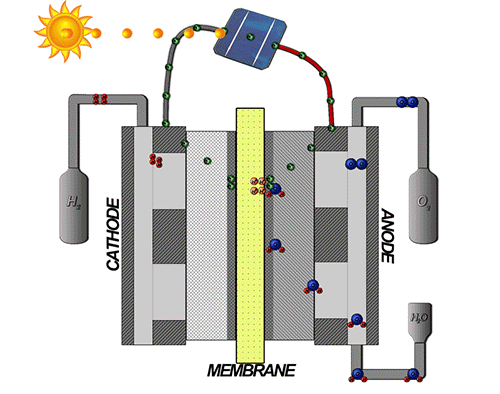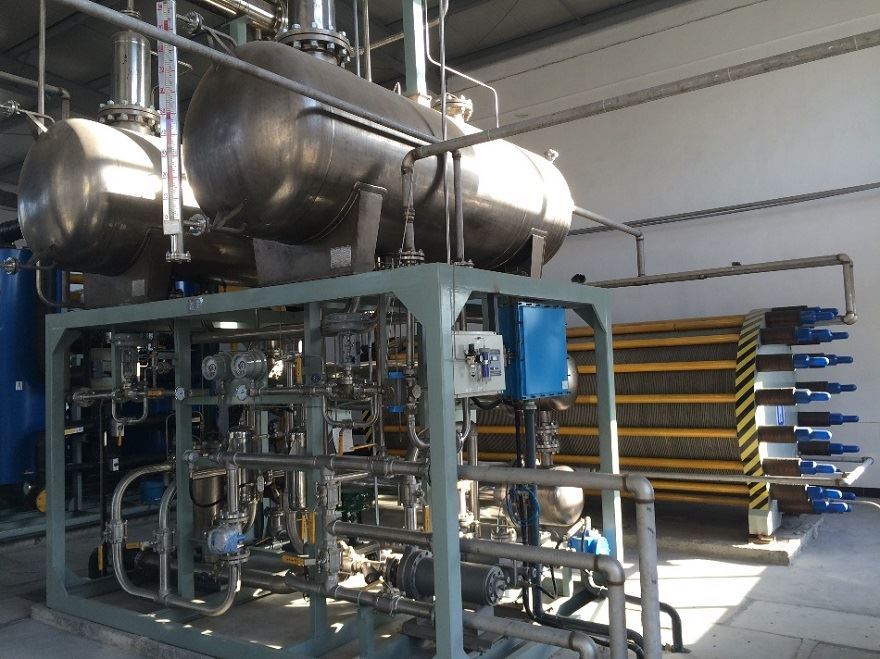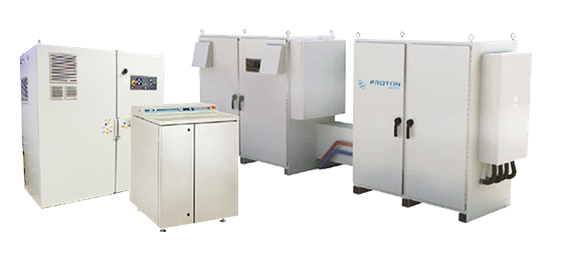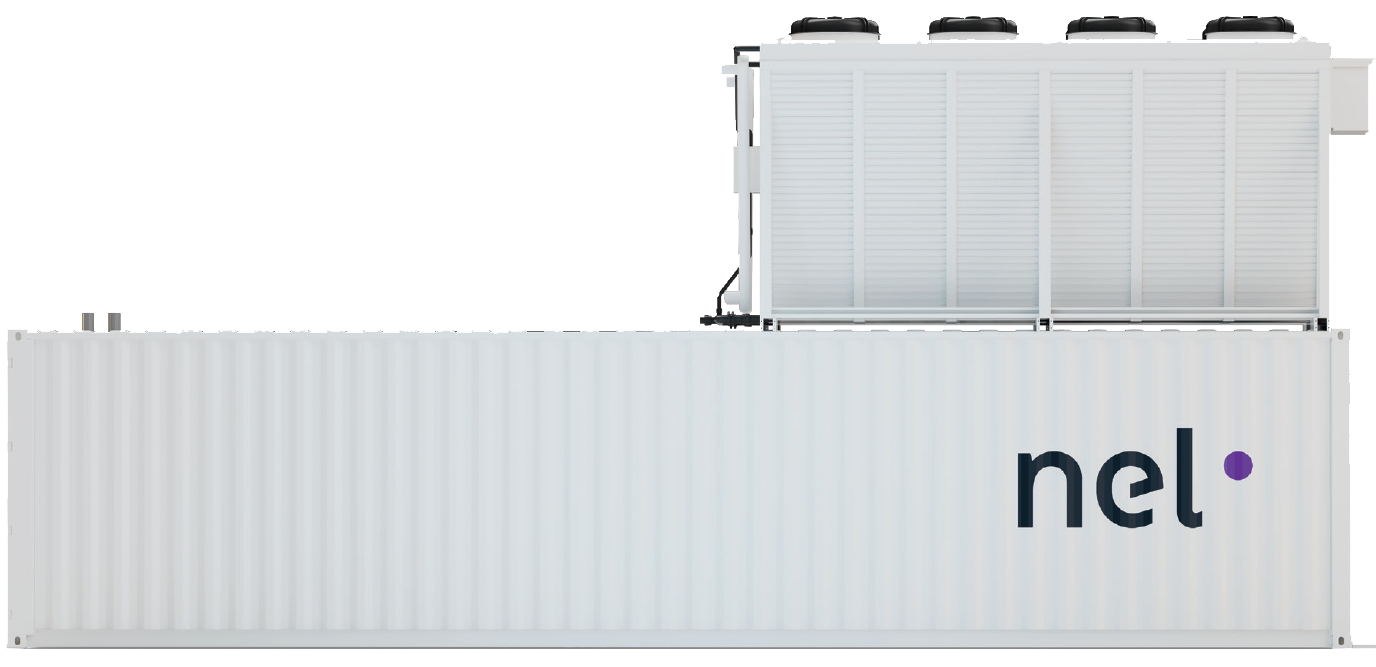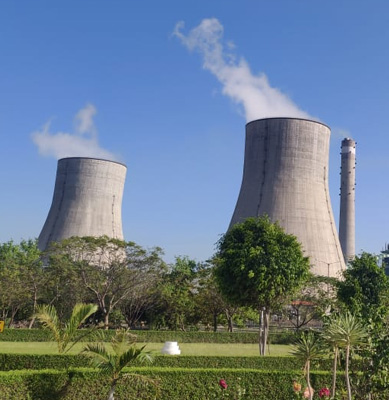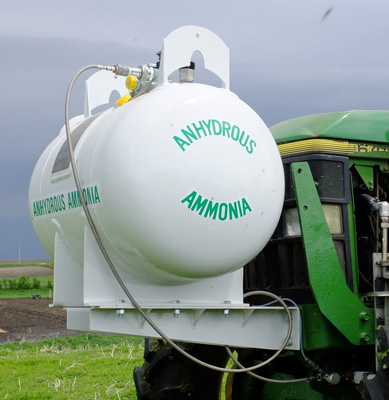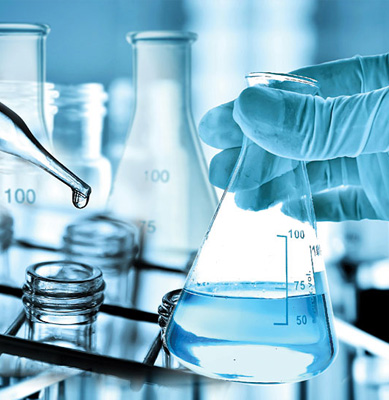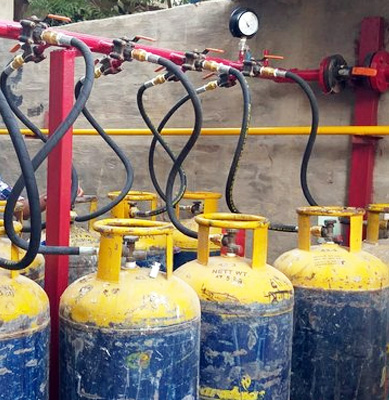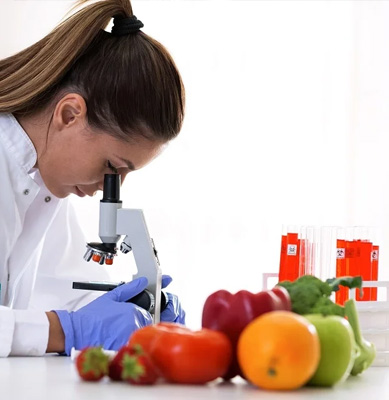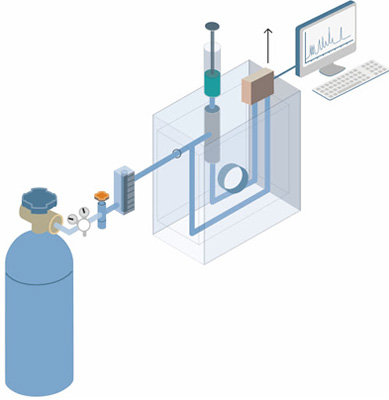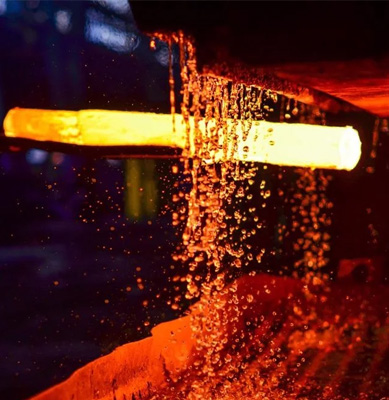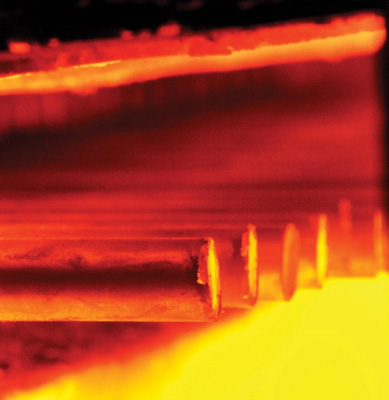 The production of pure hydrogen (up to 99.9999%) is essential for a number of industries in very different fields. In association with our European principals having more than 80 realized hydrogen production plants worldwide, we are capable to provide highly cost-effective, customized and proven solutions for hydrogen generation plants based on natural gas, on LPG, naphtha, methanol and other hydrocarbon feeds.
The production of pure hydrogen (up to 99.9999%) is essential for a number of industries in very different fields. In association with our European principals having more than 80 realized hydrogen production plants worldwide, we are capable to provide highly cost-effective, customized and proven solutions for hydrogen generation plants based on natural gas, on LPG, naphtha, methanol and other hydrocarbon feeds.
High purity hydrogen is produced by steam reforming of a hydrocarbon combined with a PSA purification step. The feed is mixed with a split stream of hydrogen and then preheated in the heat exchanger prior to passing a sulphur removal. The feed is then mixed with superheated steam. Whilst passing the catalyst in the reformer tubes, the mixture of water vapour and feed is converted into a syngas consisting of H2, CO, CO2, H2O and CH4.
The hot syngas passes the heat exchanger in which the main part of sensible heat is utilised, thus adjusting the temperature of the syngas for the subsequent CO-shift. In the cooler following the CO-shift, the syngas is cooled to ambient temperatures, whilst simultaneously water vapour is condensed and subsequently separated. The syngas further passes through the molecular sieve PSA purification unit where hydrogen is isolated to the specified purity.
The reformer is fired by a high-velocity burner which burns fuel and tail gas. Tailgas produced in the PSA purification unit is buffered in the tail gas buffer tank. The hot flue gases of the reformer pass the waste heat boiler prior to being used to superheat feed/steam mixture and to preheat the feed in the heat exchangers.
Methanol Reforming
High purity hydrogen is produced by methanol reforming combined with a PSA purification step.
A mixture of methanol and DM water is vapourised in heat exchangers. After passing through the heated catalyst, the methanol/water vapour mixture is converted into a syngas consisting of H2, CO, CO2, CH4 and water vapour. In a cooler, the syngas is cooled to ambient temperatures, whilst simultaneously water vapour is condensed and recycled to the storage tank. The syngas now passes the molecular sieve PSA purification unit, where the hydrogen is isolated to the specified purity. The tail gas from the PSA purification unit is sent to the buffer tank. From the buffer tank, the tail gas is used as fuel for the required process heat.
The required heat for the process can be supplied either by our Principal’s unique circulation of hot inert gas or by a thermal oil system.
Using the circulation of inert gas instead of thermal oil as heat transfer fluid for heating, the reformer makes a thermal oil system obsolete and avoids all costs and problems of handling thermal oil.
A thermal oil heated plant may be more feasible for installations in an environment where thermal oil is already available or in very large MeOH based reforming plants (more than apx. 2000 Nm³/h H2) as the physical equipment size of the circulated inert gas-based plant grows disproportionally.

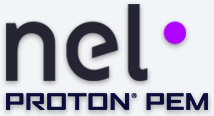 We are the leaders in water electrolysis hydrogen gas plants in India and carry a reference list of more than a hundred satisfied customers in India and overseas. We utilize bipolar high-pressure, high-purity electrolysis for delivering gas to the customer process. This is one of the simplest and fastest technology for hydrogen production and only requires power and deionized water for hydrogen production.
We are the leaders in water electrolysis hydrogen gas plants in India and carry a reference list of more than a hundred satisfied customers in India and overseas. We utilize bipolar high-pressure, high-purity electrolysis for delivering gas to the customer process. This is one of the simplest and fastest technology for hydrogen production and only requires power and deionized water for hydrogen production. Using methanol, naphtha and natural gas is suitable for high flow and high purity production of hydrogen. We have collaborations with European and North American leaders for hydrogen production using these hydrocarbons and offer their cutting edge technology to customers in India. Hydrogen production using hydrocarbons is very cost effective and offers excellent ROI.
Using methanol, naphtha and natural gas is suitable for high flow and high purity production of hydrogen. We have collaborations with European and North American leaders for hydrogen production using these hydrocarbons and offer their cutting edge technology to customers in India. Hydrogen production using hydrocarbons is very cost effective and offers excellent ROI.

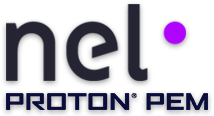 The electrolyser is based upon proton exchange membrane technology. Hydrogen gas is generated at the cathode at customer convenient pressures. Oxygen gas is produced at the anode at pressures close to ambient. The near infinite bubble point of the membrane prevents oxygen from entering the hydrogen stream. The full differential pressure design provides for safe, simple operation.
The electrolyser is based upon proton exchange membrane technology. Hydrogen gas is generated at the cathode at customer convenient pressures. Oxygen gas is produced at the anode at pressures close to ambient. The near infinite bubble point of the membrane prevents oxygen from entering the hydrogen stream. The full differential pressure design provides for safe, simple operation.